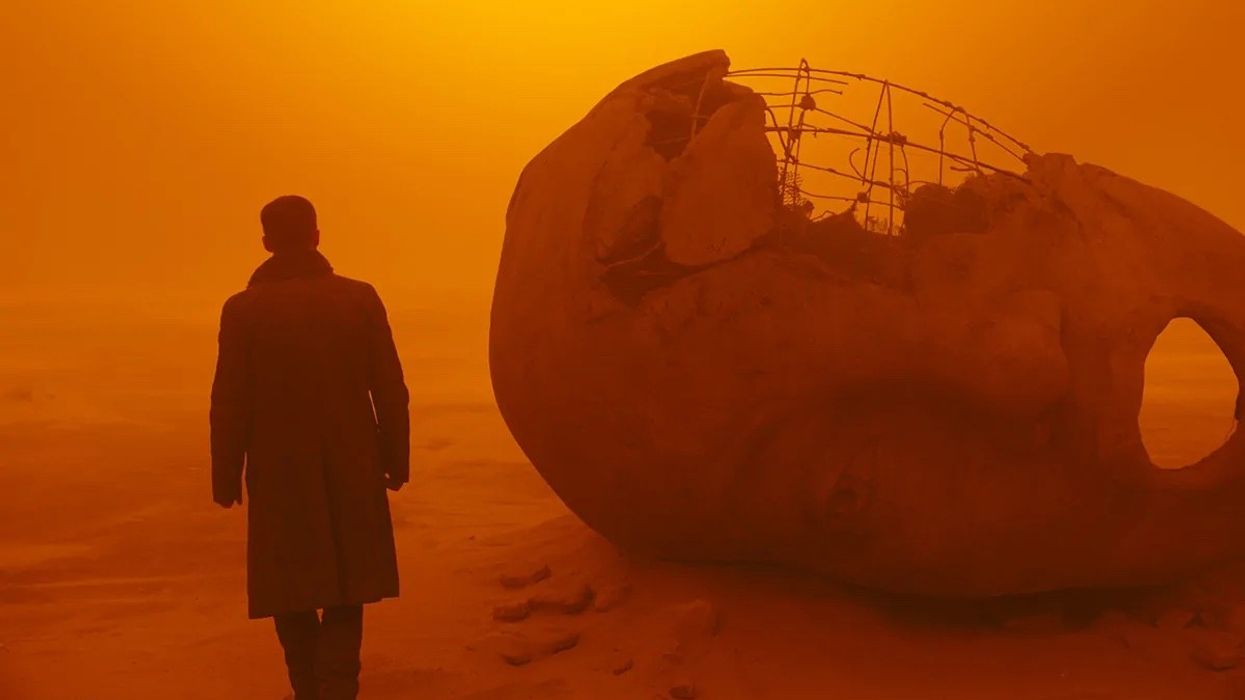How to Make Your Screenplay More Visual
Do the visuals in your writing translate to the screen?

Almost every week, I get an email from one of our readers asking the same question: "How do I get my screenplay noticed by Hollywood?" Most of my advice is to "Write the best story you can. And make it marketable." But that's slightly general advice.
We all want to be professional screenwriters, but how do we get there?
Honestly, if you want to stand out, make your writing visual.
This seems like a hard task, but I assure you it's not. When you sit down and read your scenes, the way to stand out is to make sure the reader can see them clearly in their mind. So how do you do that?
Let's get started.

How to Make Your Screenplay More Visual
Visual writing is a learned skill. Sure, some people are better at it right away, but with these tips, you can supercharge any of your scenes. The idea is to bring the audience into parts of your movie or TV show and direct the reader to see and hear the story the way you want them to.
So how is that accomplished?
1. Start With What You See
After you write your slugline, you need to start with some action that clears up what you see first in the scene. Are we coming in close on someone's face? Or is it a wide shot of a stunning landscape? It's a little cliché, but writing is directing the eyes.
So, what do we see when the scene begins? And then how does that visual reflect the story? Think about your themes and characters. Can we see them doing something or reacting to something that tells us a lot about them?
For example, think about how we met Trinity (Carrie-Anne Moss) in The Matrix. We start with her sitting in the corner of an empty room, then rising and putting her hands behind her head as a cop moves to arrest her.
In the script, it looks like this:
The room is almost devoid of furniture. There is a fold- up table and chair with a phone, a modern, and a powerbook computer. The only light in the room is the glow of the computer. Sitting there, her hands still on the keyboard, is TRINITY; a woman in black leather.
BIG COP: Get your hands behind your head!
Trinity rises.
BIG COP: Hands behind your head! Now! Do it!
She slowly puts her hands behind her head.
As you can see from that description, it's very visual and directs our eyes and minds into seeing the action unfold.
Enter with what you see and use those visuals to tell us another layer of the story.
2. Storyboard Your Scenes
If you're a writer, then it is possible that you forget that this is a step a director would do. So why not do it ahead of time? Sit down and storyboard your scene. Jot down your rough ideas for the scenes, and think like a director or cinematographer.
What angles would you shoot, and how would they look? Are those angles reflected in your writing? Can you see the story in your mind? See it the way it would happen on screen, not just the way it would happen in real life?
Beginning writings have many pratfalls, but one of the biggest I point out is that they write scenes that feel unfilmable. If you sit down and storyboard, see the scenes and write to that, you will never have that problem.
Check out the storyboard from The Birds below. It shows how Hitchcock was building suspense with more and more birds landing behind an unsuspecting character. And you can write it that way too.

3. Cut on an Arresting Visual
We talked about how to begin a scene, but it's just as important how you leave the audience. What are the visuals you are leaving people with? Is it seeing an important clue or a stunned expression? Or maybe it's an explosion or a match cut to the next scene.
An arresting visual allows the audience to know they're in the hands of a storyteller. You are working on their emotions and taking them for a ride controlled by you.
Think about how in Raiders of the Lost Ark, we leave a scene on a close-up of a gun in a suitcase, signifying danger in the future. Fun fact, that action is not in the screenplay. In the script, it's just the dialogue in the scene and his packing. But Steven Spielberg and George Lucas can do that – they're established, you're not.
Add some details and think about how they reflect on the story.

How can you end a scene with a visual that clues us in on what is to come? Let us know your visual strategies in the comments.











